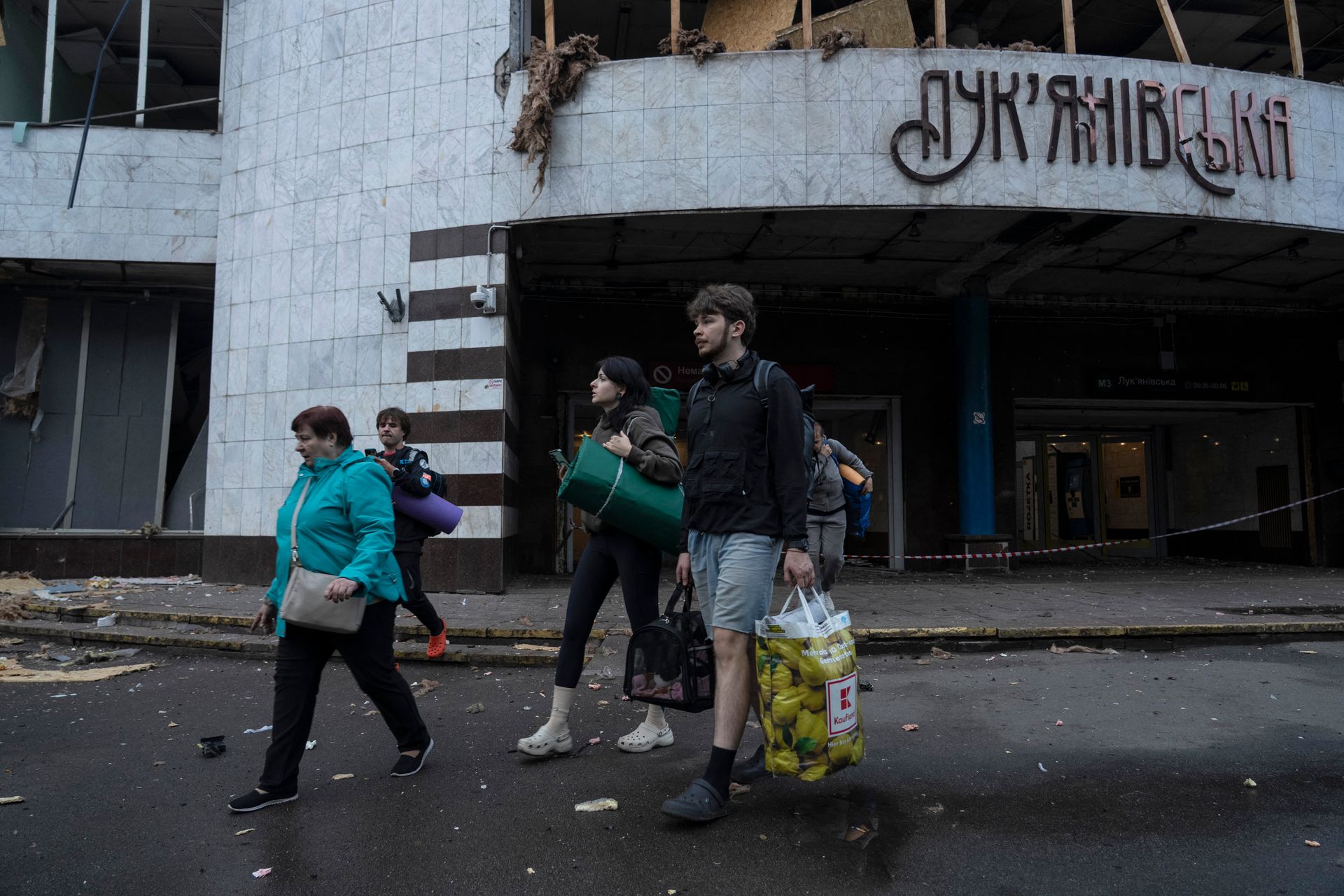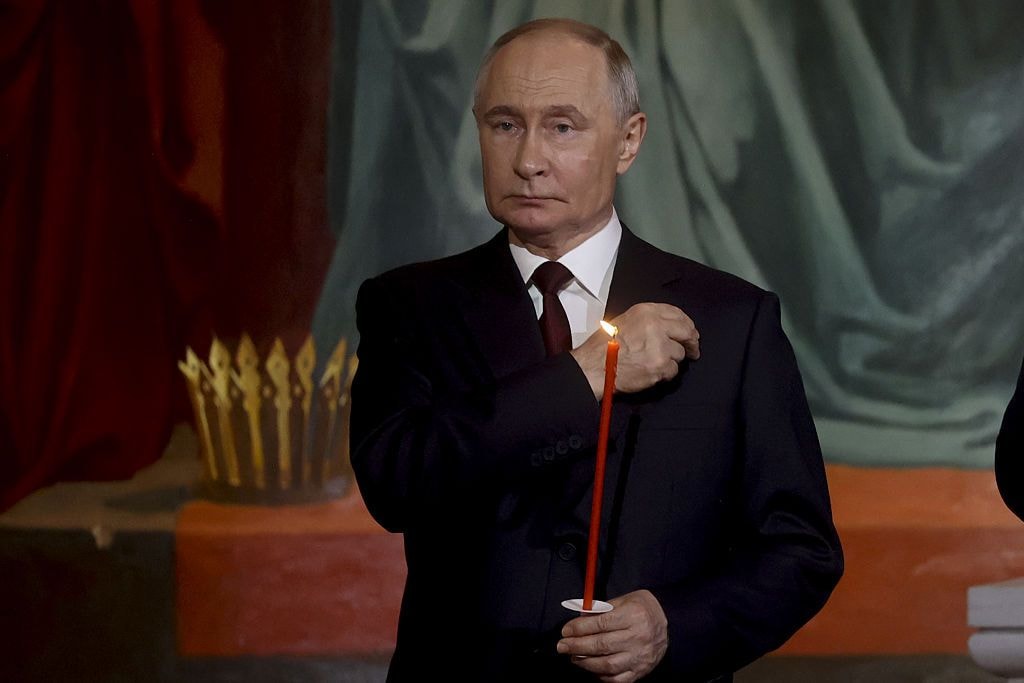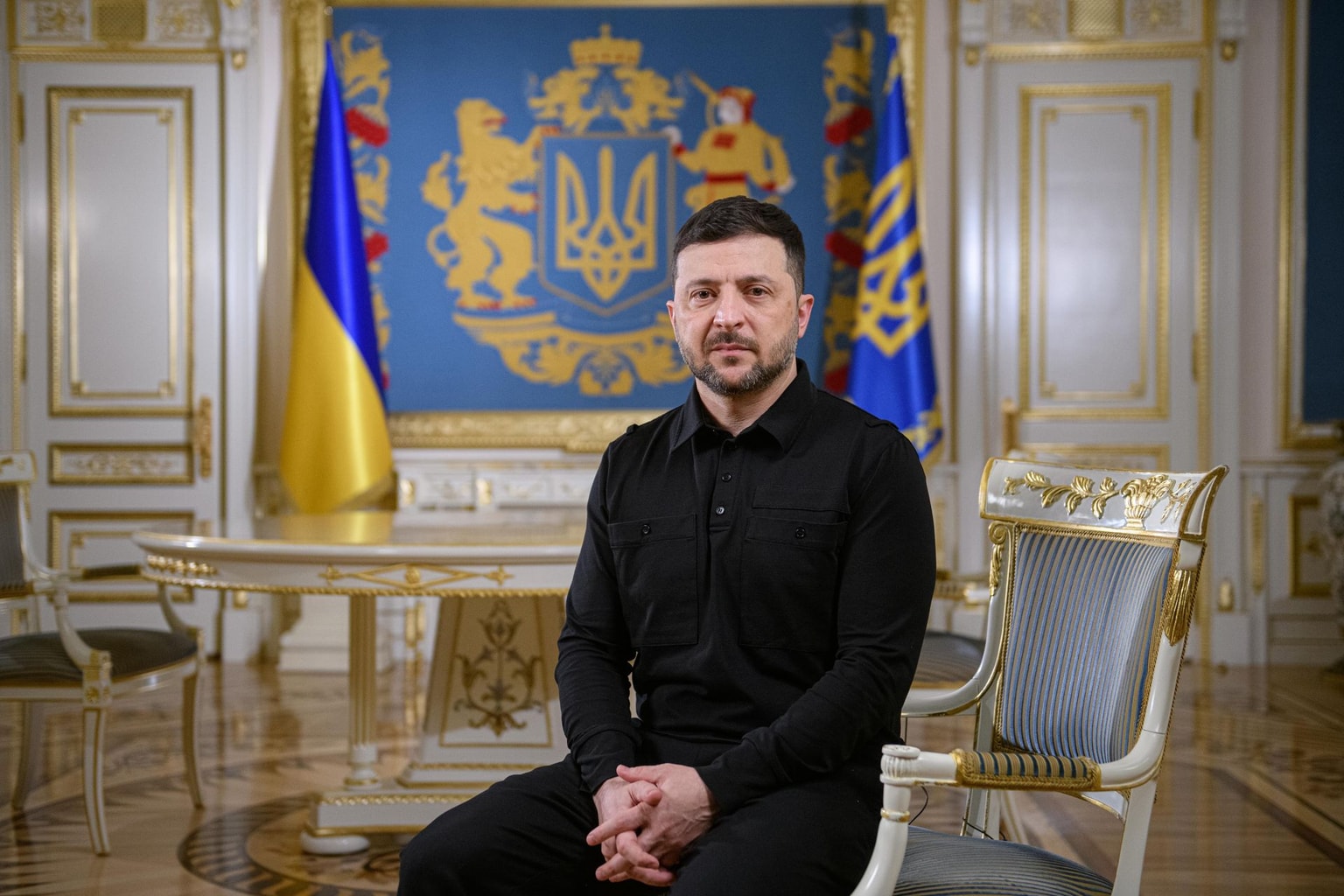Russia's 'largest and most secret' drone factory showcased in Kremlin-media propaganda video

Russia has showcased what it has described as the "largest and most secret" drone factory in the world, in a propaganda video showing teenagers assembling the Geran-2 drones used to target Ukraine.
The facility at the Alabuga industrial park near Kazan in the Tatarstan region is one of Russia's main production hubs, allowing it to produce a reported 5,200 Shahed-type strike drones and decoy models a month as of May.
"This is the largest such plant in the world and the most secret," Timur Shagivaliev, CEO of the Alabuga Special Economic Zone, told Zvezda, the Russian Defense Ministry's television channel.
"At one time, the plan was to produce several thousand (Geran drones) — now we are producing nine times more than planned."
Russian state media released footage showing teenagers assembling drones inside the facility, highlighting a recruitment program targeting students as young as 15 from local technical colleges.
"Everywhere you look, there's young people working here," a voice-over in the Zvezda video says, as dozens of teenagers are seen making drone components and working at computer stations on a brightly lit factory floor.
❗️Russians show one of the workshops for the production of 🇮🇷Iranian Shahed UAVs at a factory in 🇷🇺Yelabuga (Tatarstan)
— 🪖MilitaryNewsUA🇺🇦 (@front_ukrainian) July 20, 2025
A commentator in the background actively talks about the involvement of women and school-age children in production. pic.twitter.com/RdQq6vTTYs
The Yelabuga plant was previously targeted by Ukrainian drones multiple times. The latest attack allegedly happened on June 15.
The Yelabuga plant, launched in 2023, is equipped with metal foundries, blacksmith shops, and in-house assembly lines, according to Zvezda footage. It reportedly uses parts shipped from Iran via the Caspian Sea and Kama River. A Russian military think tank claimed drone output jumped 16.9% in May.
The Geran-2 drone, with a 3.5-meter length and 50-kg warhead, has a range of 1,800 kilometers and can reach speeds of 300 km/h. Each unit is estimated to cost as little as $35,000–$49,000 — a fraction of the multimillion-dollar cost of Western air defense interceptors like the U.S.-made Patriot missile.

Reports from multiple sources, including Interpol, allege the Alabuga Special Economic Zone has also recruited African women under false pretenses through a work-study scheme. An investigation into potential human trafficking was opened in April, following testimony and reports from affected individuals.
The Geran-2, Russia's version of Iran's Shahed-136, has become crucial part of nightly attacks on Ukrainian cities.
Russia launched over 5,300 Shahed drones in June alone. Ukraine suffered the largest single-day drone and missile strike on July 9, with 741 aerial weapons launched.
Germany's Maj. Gen. Christian Freuding, head of Ukraine policy at the German Defense Ministry, warned on July 19 that Russia aims to eventually launch 2,000 drones a night. In a Bundeswehr podcast, Freuding said Ukraine could counter such barrages only by striking drone production sites and lowering interception costs.
Ukraine's Foreign Intelligence Service reported in June that Russia plans to manufacture 30,000 long-range drones and 2 million FPV (first-person-view) drones in 2025, signaling a massive expansion of drone warfare.
Ukraine has also increased its domestic drone production in response. President Volodymyr Zelensky said Kyiv has the capacity to produce up to 8 million drones annually, though it lacks the foreign funding to scale fully.
Former Defense Minister Rustem Umerov had earlier estimated a 4 million drone yearly capacity.













